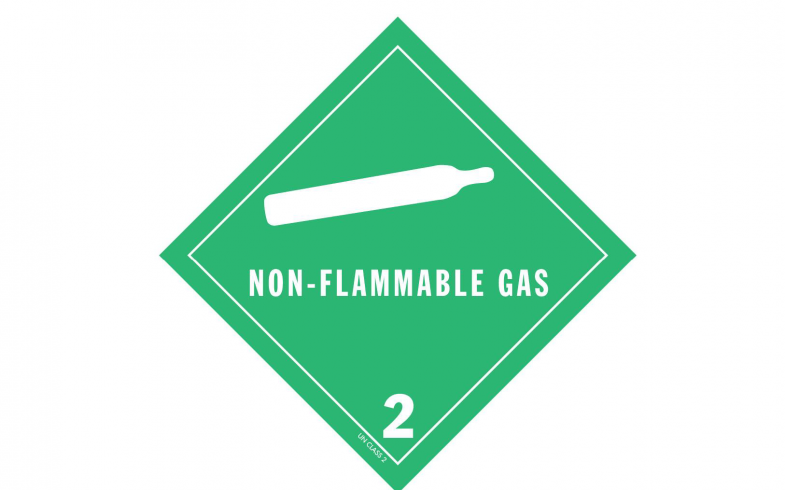Liquid Helium is a unique refrigerant that serves as the basis for low-temperature electrical superconductivity.
On July 10, 1908, the coldest spot on Earth appeared in the Dutch city of Leiden. On that day, a professor at Leiden University Heike Kamerlingh Onnes (Netherlands. Heike Kamerlingh Onnes) first received a small portion of liquid Helium, cooling it to a temperature of 4°K (minus 269°C). And in 1938, the journal Nature published an article by Pyotr Leonidovich Kapitsa, in which he described an amazing phenomenon: if Helium is cooled to the so-called critical temperature (in P.A.Kapitsa’s experiments it was 2.17°K, or minus 270.98°C at a pressure of 0.05 atmospheres), friction completely disappears, or, more precisely, viscosity. This was the beginning of the two most important phenomena for modern quantum physics – superconductivity and superfluidity.
Liquid Helium is a liquid state of aggregation of Helium, a colorless, chemically inert liquid, transparent and extremely difficult to distinguish with the eye due to the low refractive index of light (approx. 1.038). The most important feature of liquid Helium is its unusually low boiling point – only 4.215°K at atmospheric pressure.
Another unique property of liquid Helium is the impossibility of freezing it at a pressure of less than 2.5 MPa, even when cooled to absolute zero! By the way, solid Helium is no easier to consider than liquid helium – their refractive indices of light are very close to each other.
Finally, after cooling liquid helium to a temperature below 2.17°K (the so-called “lambda transition”), its quantum properties begin to manifest themselves: properties of superfluidity and colossal thermal conductivity.
In a liquid state of aggregation at atmospheric pressure, Helium has a very low specific gravity (only 125 kg/m³), low heat of vaporization (but high heat capacity typical of Helium), and low thermal conductivity.

